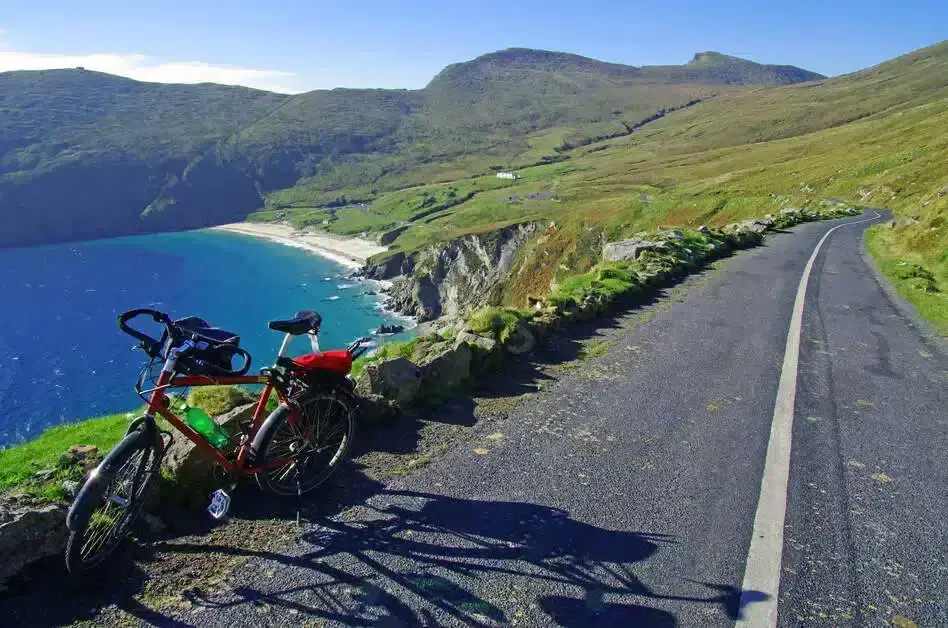
As someone who was born and bred in Ireland, and who has also brought countless guests to country, here is my run-down on the best months to visit, as well as the ones to avoid.
Data for this guide was sourced from Met Éireann for weather averages, the Central Statistics Office and Fáilte Ireland for tourism figures, and flight and accommodation price data from platforms like Skyscanner and Booking.com.
January (Rank: 11)
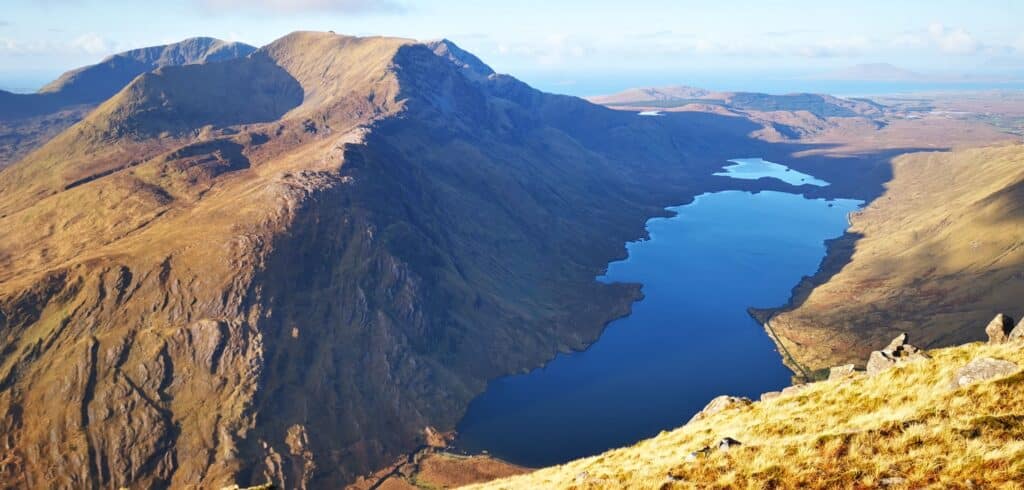
Weather:
January is one of Ireland’s coldest months, with average maximum temperatures around 8.2°C (46.8°F) and minimums near 4.9°C (48.2°F) (40.8°F). Rainfall is typical for winter, with frequent wet days, especially in the west.
Tourism:
Roughly 339,000 overseas visitors arrived in January 2025, spending around €214 million. Tourist numbers are low, making it a very quiet time to explore popular locations.
Flights:
January is one of the cheapest months for flights to Ireland. Round-trip fares from the US can drop as low as $345, especially when booked in advance.
Hotels:
Accommodation is at its most affordable, with average nightly rates between €100 and €130 for mid-range options.
Verdict:
January offers great value with low crowds and bargain prices. However, it comes with short days, cool temperatures, and a higher chance of rain. Best for those who prefer peace and don’t mind the weather.
Detaled guide for visiting January here.
February (Rank: 12)
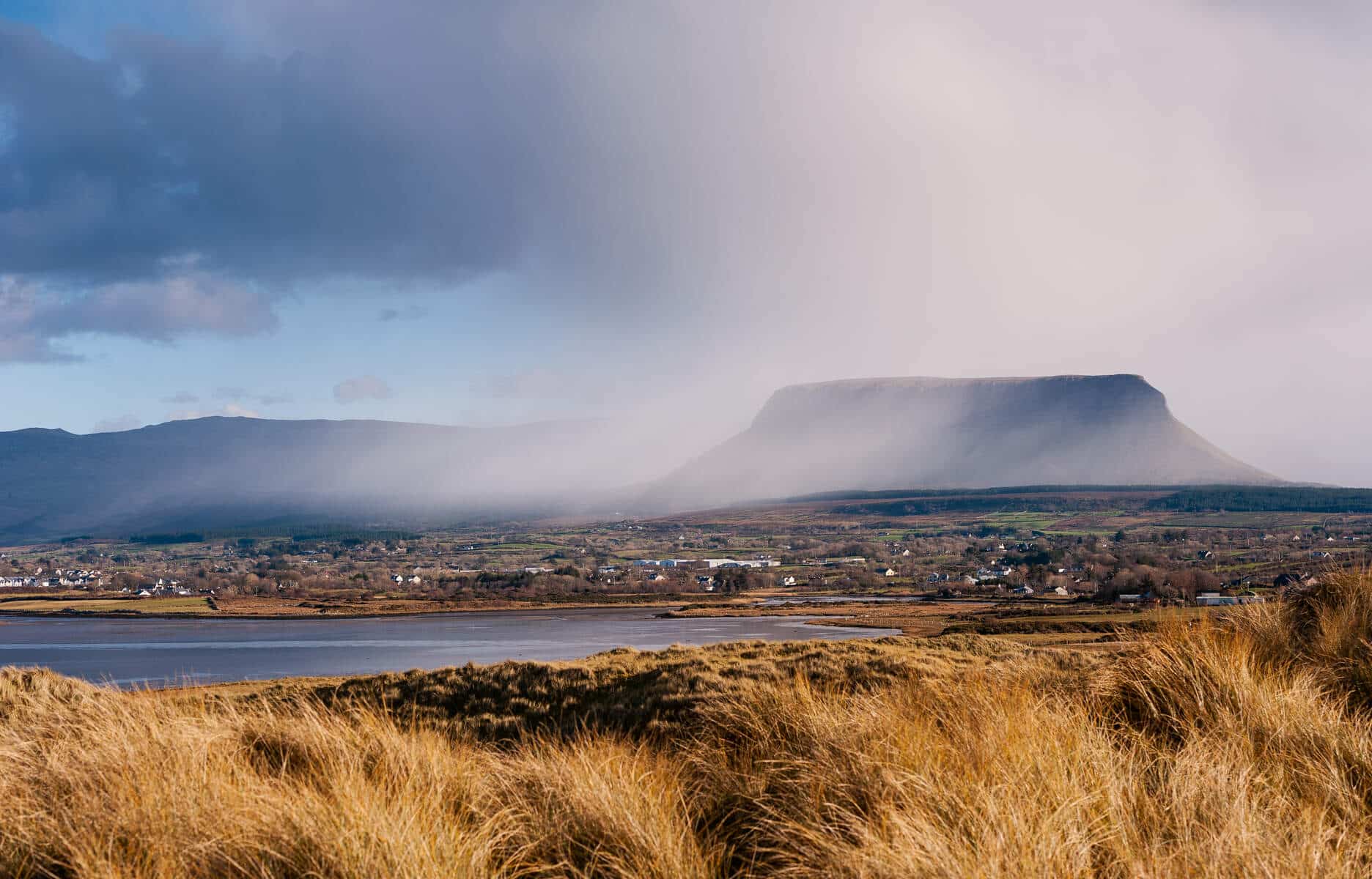
Weather:
Still very much winter in Ireland. February tends to be cold and wet, with average highs around 8°C (46.4°F) and frequent showers. That said, you might get the odd crisp, clear day, especially in the east.
Tourism:
Visitor numbers are low, similar to January. That means fewer queues, more space at big sights, and cheaper rates all around.
Flights:
It’s another great month for deals. Flights from the US or mainland Europe are among the cheapest you’ll find all year.
Hotels:
Still very affordable, with plenty of availability in both cities and countryside stays.
Verdict:
A good month for those looking to avoid crowds and travel on a budget. Just pack for rain and keep expectations realistic when it comes to weather.
Detailed guide for visiting February here.
March (Rank: 8)
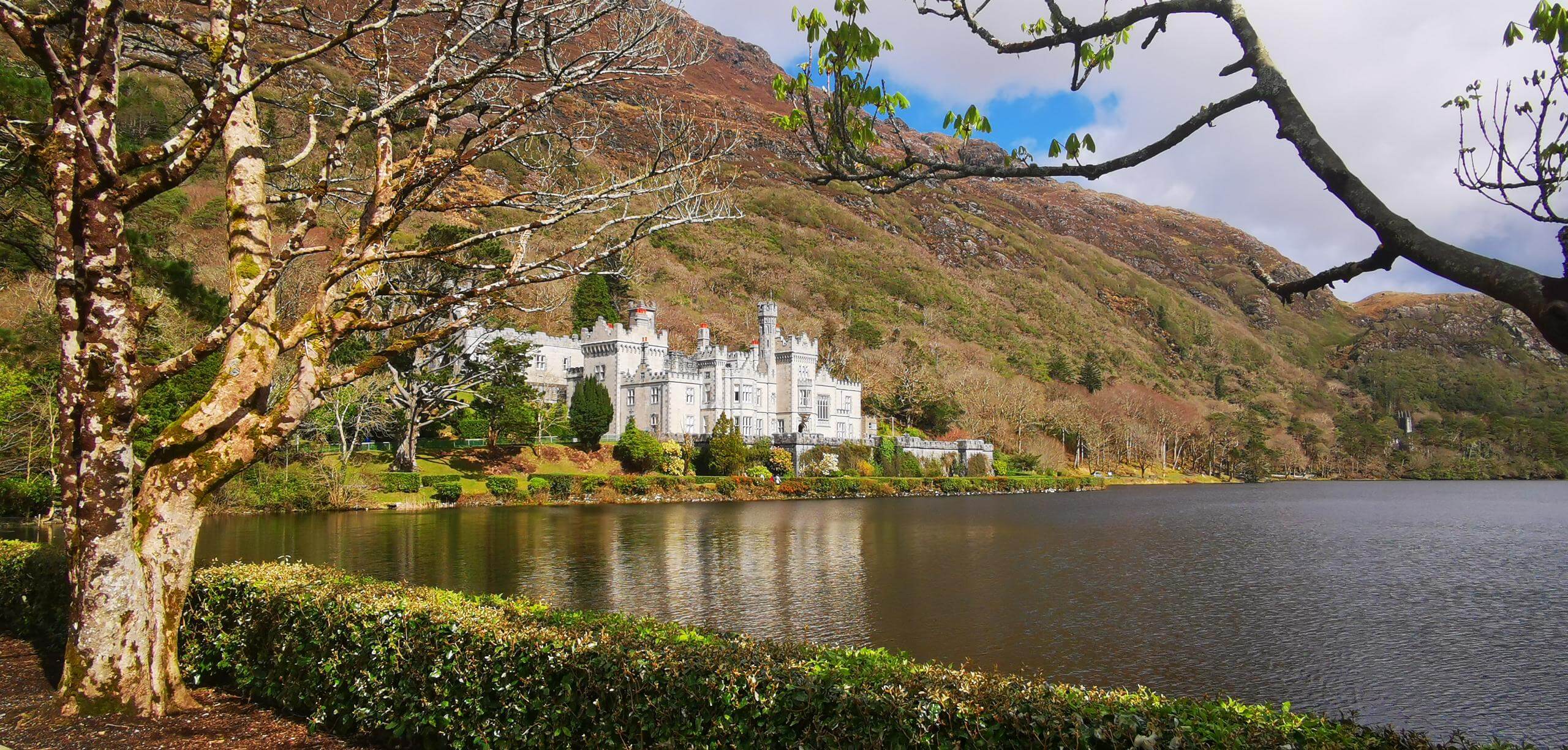
Weather:
March can be a mixed bag. You’re on the edge of spring, so you might get some milder days and longer evenings creeping in. Expect average highs of around 10°C (50°F), and yes, still plenty of rain.
Tourism:
St. Patrick’s Day brings a sharp spike in mid-March. Dublin, in particular, gets very busy, while the rest of the country is still relatively quiet.
Flights:
Prices can jump if you’re flying around Paddy’s Day, but otherwise March remains a pretty good month for affordable fares.
Hotels:
Hotel prices follow a similar pattern, more expensive around March 17th, but decent value either side.
Verdict:
If you want the energy of a big Irish celebration, March delivers. Just be prepared for higher prices around the festival, and possibly a hotel hunt if you leave it late.
Detailed guide for visiting March here.
April (Rank: 4)
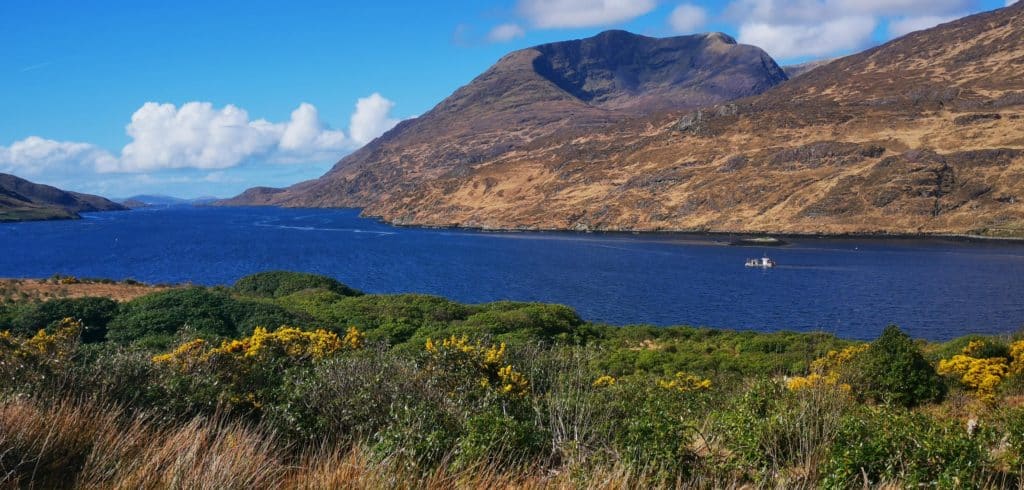
Weather:
April is often drier than you’d expect, in fact, it’s one of the driest months of the year, especially in the east. You’ll see the countryside start to wake up, with blossoms and that good ol’ greenery returning. Temps hover around 11–13°C (52 -55°F).
Tourism:
Visitor numbers start to climb slowly, but it’s still far from busy. A great time to explore the west or take a road trip without battling tour buses.
Flights:
Generally still reasonable, although Easter holidays can cause a short-term bump in prices.
Hotels:
More choice than in the summer months, with decent shoulder-season rates in most areas.
Verdict:
A lovely time to visit. You’ll beat the crowds, enjoy better-than-expected weather, and see Ireland at the start of its spring bloom.
Detailed guide for visiting April here.
May (Rank: 1)
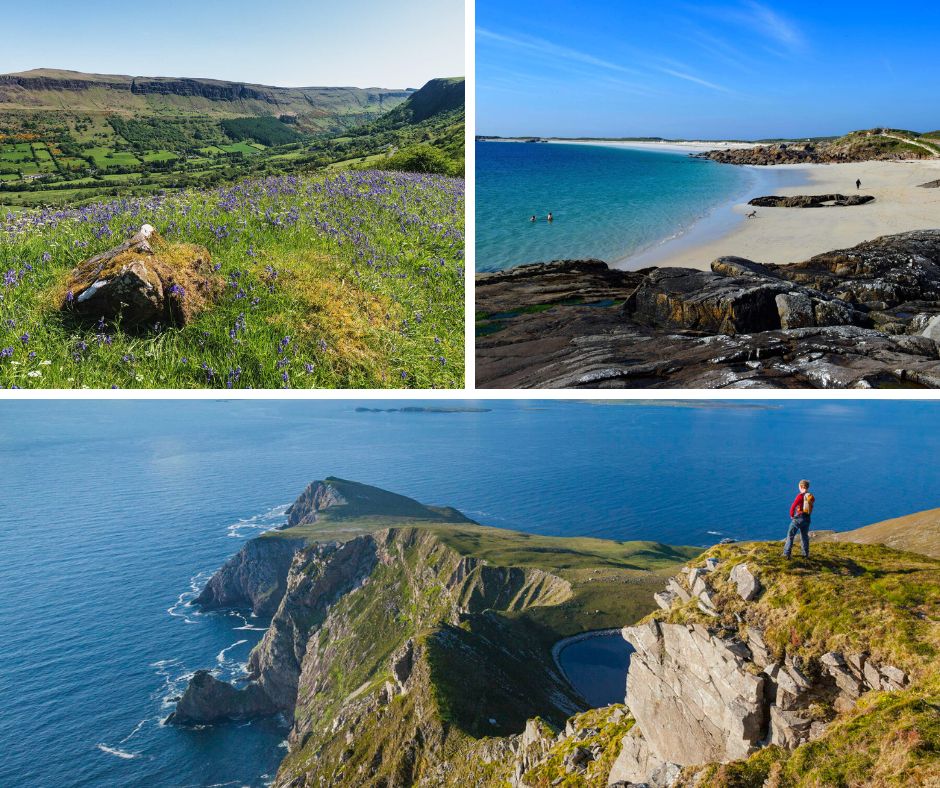
Weather:
May is a gem of a month in Ireland. Days are longer, the countryside is bursting into life, and temperatures are comfortable, usually around 14–16°C (61°F). It’s also one of the drier months, especially in the east.
Tourism:
Things start to pick up, but it’s not peak season yet. You’ll still have some peace at the big sites, and the roads aren’t clogged with tour buses.
Flights:
Fares tend to rise compared to April, but you can still find reasonable deals if you book early. May is a sweet spot before summer pricing kicks in fully.
Hotels:
More bookings coming in, but there’s still good value, especially in smaller towns and rural B&Bs.
Verdict:
If I had to choose one month to visit, May would be up there. Great weather (by Irish standards), fewer crowds, and nature at its best.
Detailed guide for visiting Ireland in May here.
June (Rank: 3)
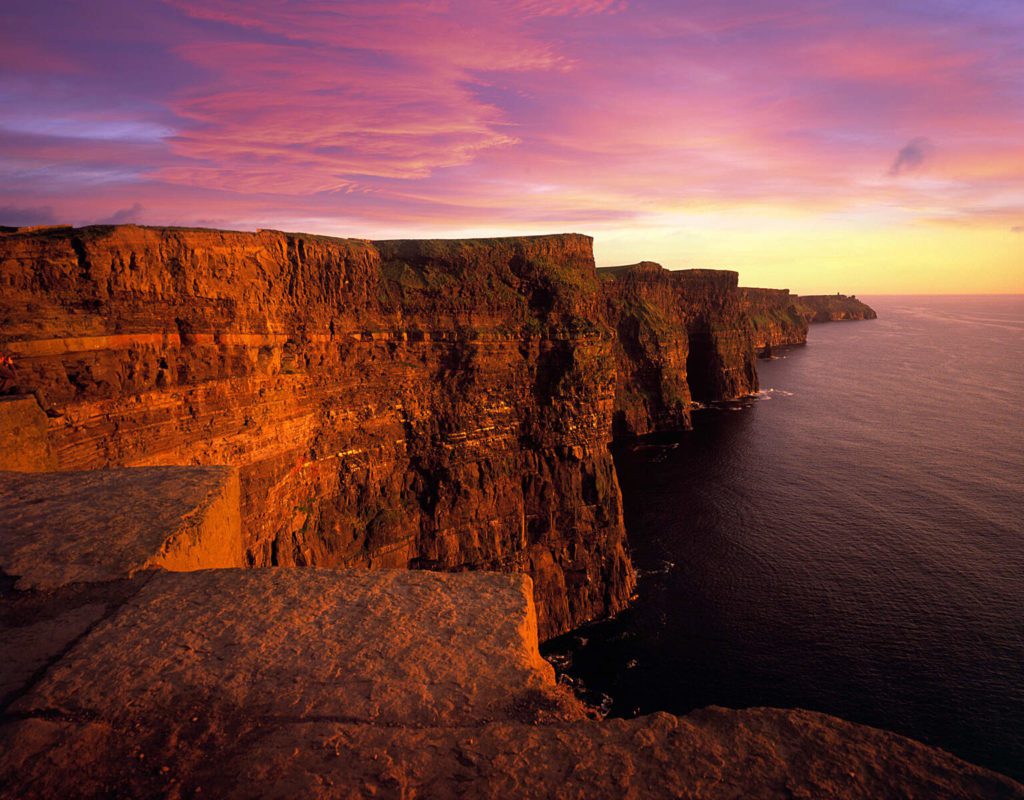
Weather:
Early summer means mild days and plenty of daylight — we’re talking 17 hours of it in some places. Average temps are around 17°C (62.6°F), though a sunny stretch can feel much warmer. Rain can still sneak in, but it’s rarely a washout.
Tourism:
It’s getting busier now, especially from mid-June onwards. School tours, early family holidays, and group travel start ramping up.
Flights:
Expect higher prices, particularly later in the month. Still, if you avoid weekends and book ahead, it’s manageable.
Hotels:
Summer rates are kicking in, especially in tourist-heavy spots like Galway, Killarney, and Dublin.
Verdict:
A solid month to visit if you’re after long days and full access to tours and attractions — just be ready to share them with more people.
Detailed gudie for visiting Ireland in June here.
July (Rank: 5)
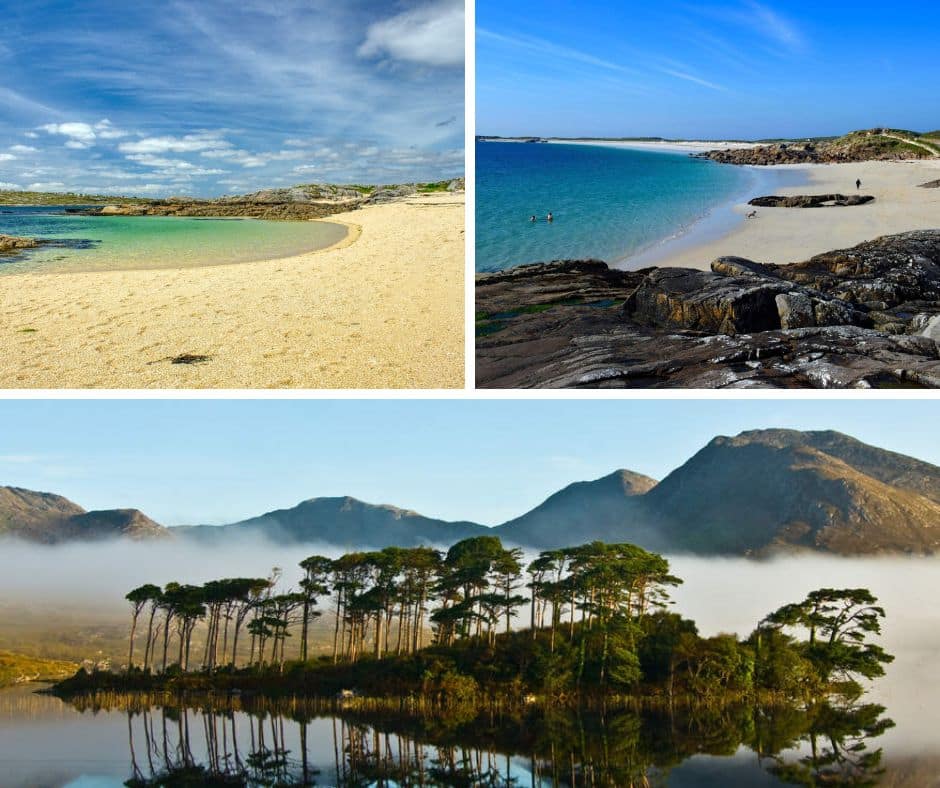
Weather:
This is as warm as it gets in Ireland, with average highs of around 18°C (64.4°F) (46.4°F) and the odd heatwave pushing into the low 20s. Rain? Still possible, this is Ireland after all, but you’ll also get plenty of fine, bright days.
Tourism:
Peak season. July is packed, especially in popular regions like the southwest and the Wild Atlantic Way. Expect queues, tour buses, and fully booked accommodations.
Flights:
Among the most expensive of the year, especially for transatlantic travel.
Hotels:
Prices are at their peak, and availability can be tight, even in less-touristy towns. Booking well ahead is a must.
Verdict:
You’ll enjoy good weather and a buzzing atmosphere, but you’ll pay for it. Great for families or first-timers who want everything open and running.
August (Rank: 6)
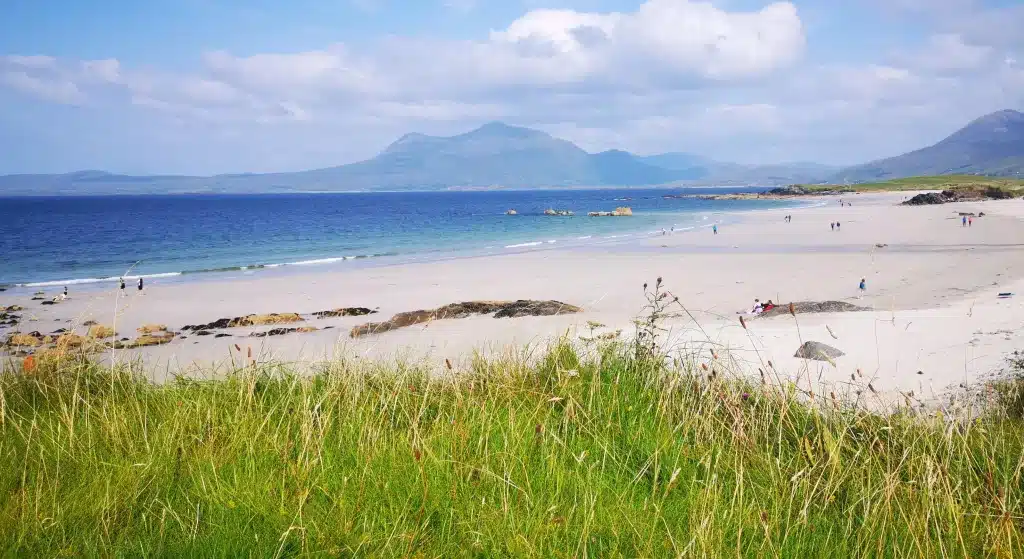
Weather:
Pretty much like July; warm, sometimes humid, with stretches of dry weather and the occasional wet spell. Average highs stay around 15–17°C (59.0–62.6°F) (62.6°F), depending on where you are.
Tourism:
Still peak season, though things begin to taper off towards the end of the month. Festivals are in full swing, and everywhere feels lively.
Flights:
Still pricey, but you might find better deals in the final week of August as demand begins to dip slightly.
Hotels:
Rates remain high, though some countryside spots start to ease up late in the month.
Verdict:
A lively and scenic time to visit, ideal if you’re chasing that classic summer experience but just expect to book and plan well in advance.
September (Rank: 2)

Weather:
September can be surprisingly mild, especially in the first half of the month. Average highs sit around 14–15°C (57.2–59.0°F). Rainfall may start to pick up again, particularly out west, but there is still a very good chance of getting clear days.
Tourism:
The summer crowds begin to fade, making this a more relaxed time to visit. Attractions are still open, but you won’t have to queue as much.
Flights:
Fares drop slightly compared to August, especially after the first week. It’s one of those sweet shoulder-season periods.
Hotels:
Still more expensive than spring, but deals are easier to find than during peak summer.
Verdict:
A great time to travel if you’re after a quieter Ireland with decent weather and fewer crowds.
October (Rank: 7)
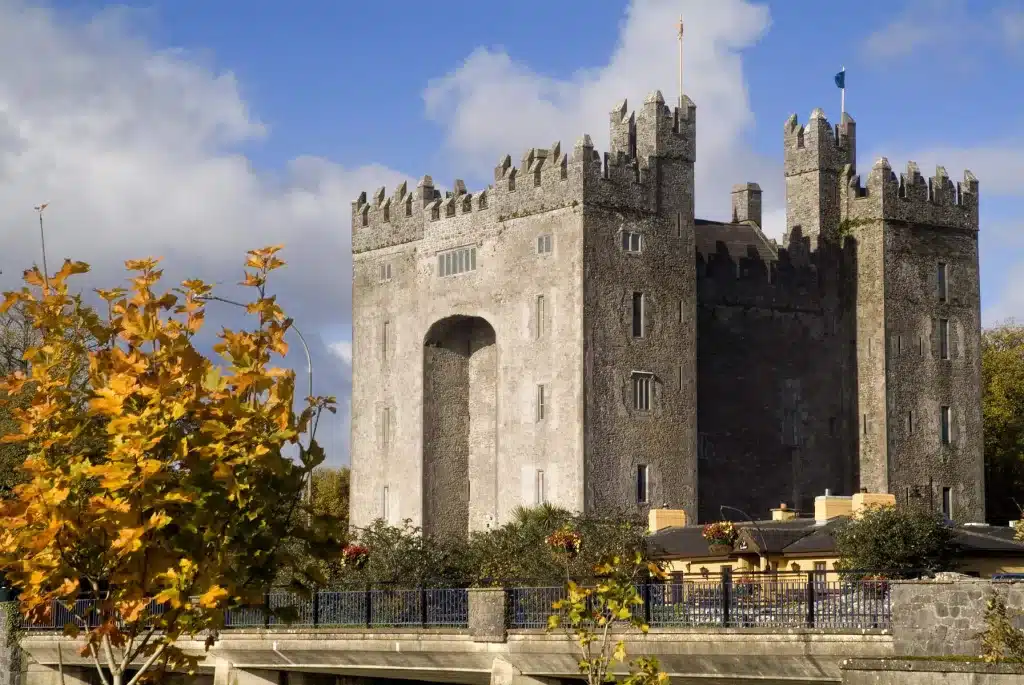
Weather:
Autumn really kicks in here. Expect average highs around 12°C (53.6°F) and a definite increase in rainfall, especially in the west. You might catch some lovely autumn colours though, particularly in the countryside.
Tourism:
Much quieter. Most international tourists have gone, and you’ll often have scenic spots all to yourself.
Flights:
Fares drop again and are among the cheapest outside of January and February.
Hotels:
Very affordable in most parts of the country. Some rural B&Bs may start to close for the season.
Verdict:
Ideal for ‘off the beaten path’ travel, but you’ll need to be prepared for unpredictable weather.
November (Rank: 10)
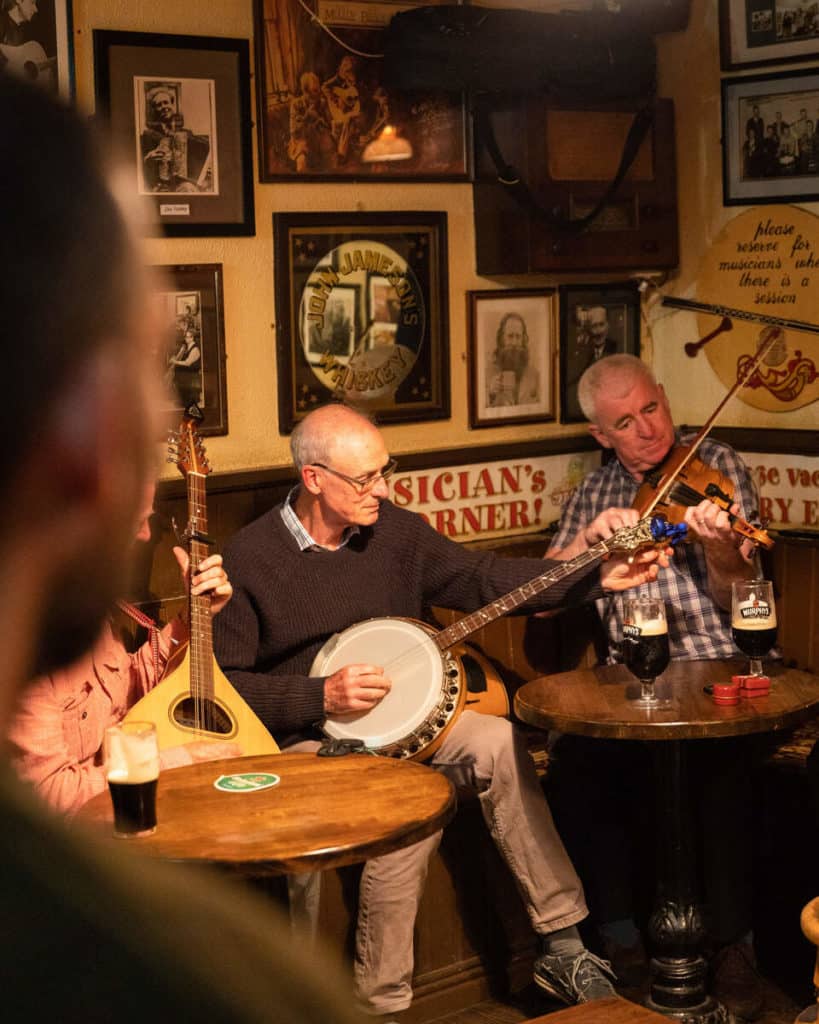
Weather:
November is dark, damp, and chilly. Average highs are around 9°C (48.2°F), and daylight hours are short. Rain is frequent and often persistent.
Tourism:
Very quiet. It’s one of the least visited months of the year, which can be a plus for those looking for solitude.
Flights:
Some of the cheapest of the year. Great deals to be found from most major hubs.
Hotels:
Low season pricing, but limited availability in rural areas as many places shut for winter.
Verdict:
A quiet, budget-friendly time to visit, but it’s best suited to city breaks or indoor-focused trips.
December (Rank: 9)

Weather:
December is cold, damp, and dark, but festive too. Average highs hover around 8°C (46.4°F). Expect plenty of rain and short daylight hours.
Tourism:
It starts off quiet but gets busy in the lead-up to Christmas. Cities like Dublin and Galway come alive with lights and markets.
Flights:
Early December is good for deals. Prices shoot up around Christmas and New Year.
Hotels:
Similar pattern, cheaper earlier in the month, then a sharp increase around the holidays.
Verdict:
A cosy time for festive city visits, but weather and cost can be less than ideal if you’re planning outdoor adventures.
Final Rankings Summary
If you’re looking for the absolute best time to visit Ireland, May ticks nearly every box: mild weather, long days, beautiful scenery, and fewer crowds. September is a close second for its calm atmosphere and lingering summer feel. Avoid January and February unless you’re chasing low prices and don’t mind grey skies. Check current flight deals below.
Overall Rankings:
1. May
2. September
3. June
4. April
5. July
6. August
7. October
8. March
9. December
10. November
11. January
12. February
Conclusion
We hope we have set your mind at ease regarding which month to visit. At the end of the day, it boils down to your preference. The winter months would be ideal for visiting the cities, especally Dublin, whereas the drier ones should take priority if deciding to visit the most beautiful region, the west coast.
On the topic of the west coast of Ireland, have a browse around our site as we provide detailed info on the counties Mayo and Galway, as well as various other regions along the beautiful western shores of Ireland.
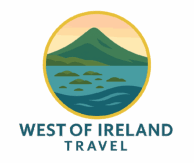
This is hands-down one of the most practical and well-researched guides I’ve come across—ranking each month with weather, tourism stats, and flight prices is such a smart touch. May and September definitely sound like the sweet spots, especially for those of us who love a bit of peace with our scenery. As someone working in SEO, I also appreciate how clean and user-friendly the layout is. Bookmarking this for future travel clients!